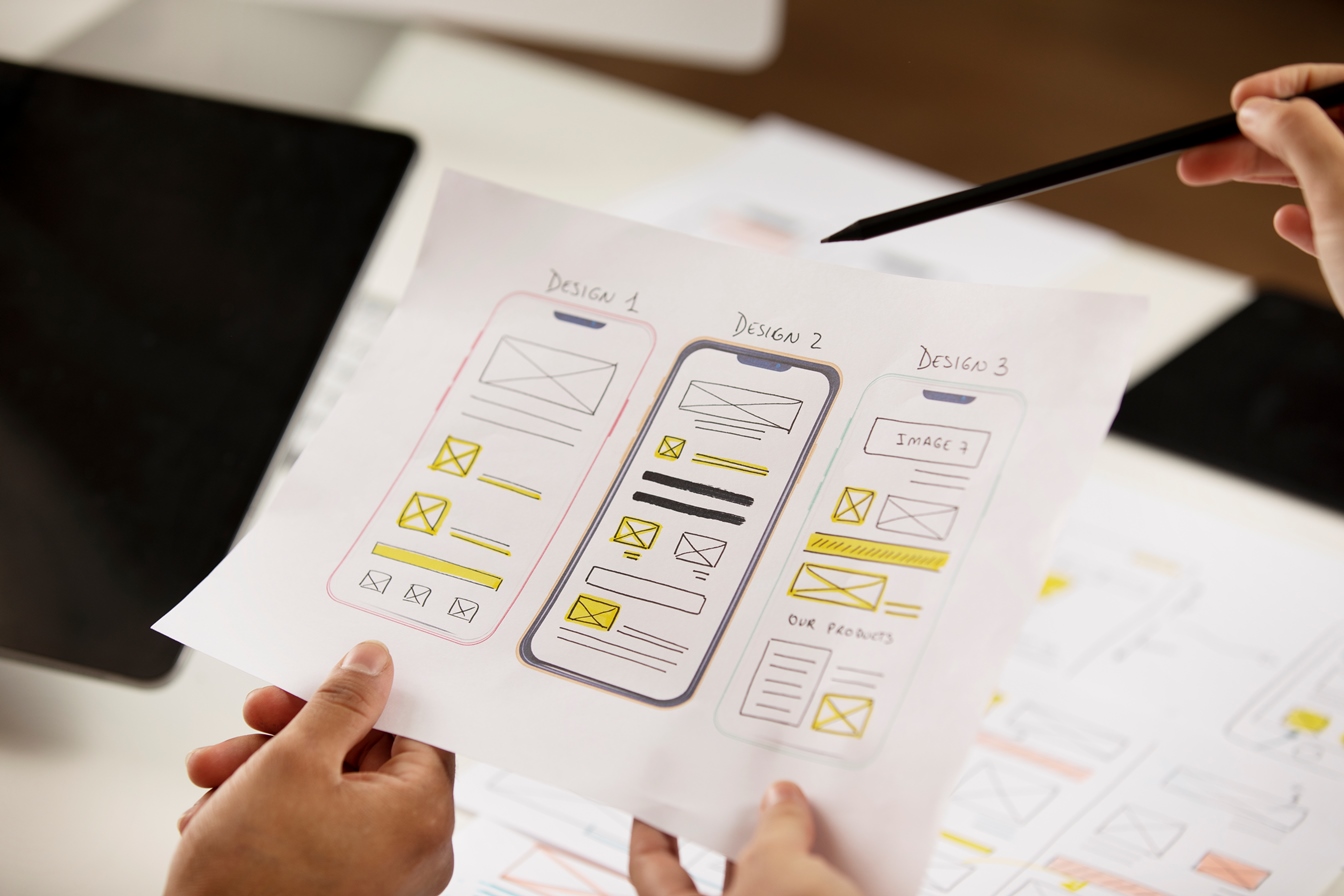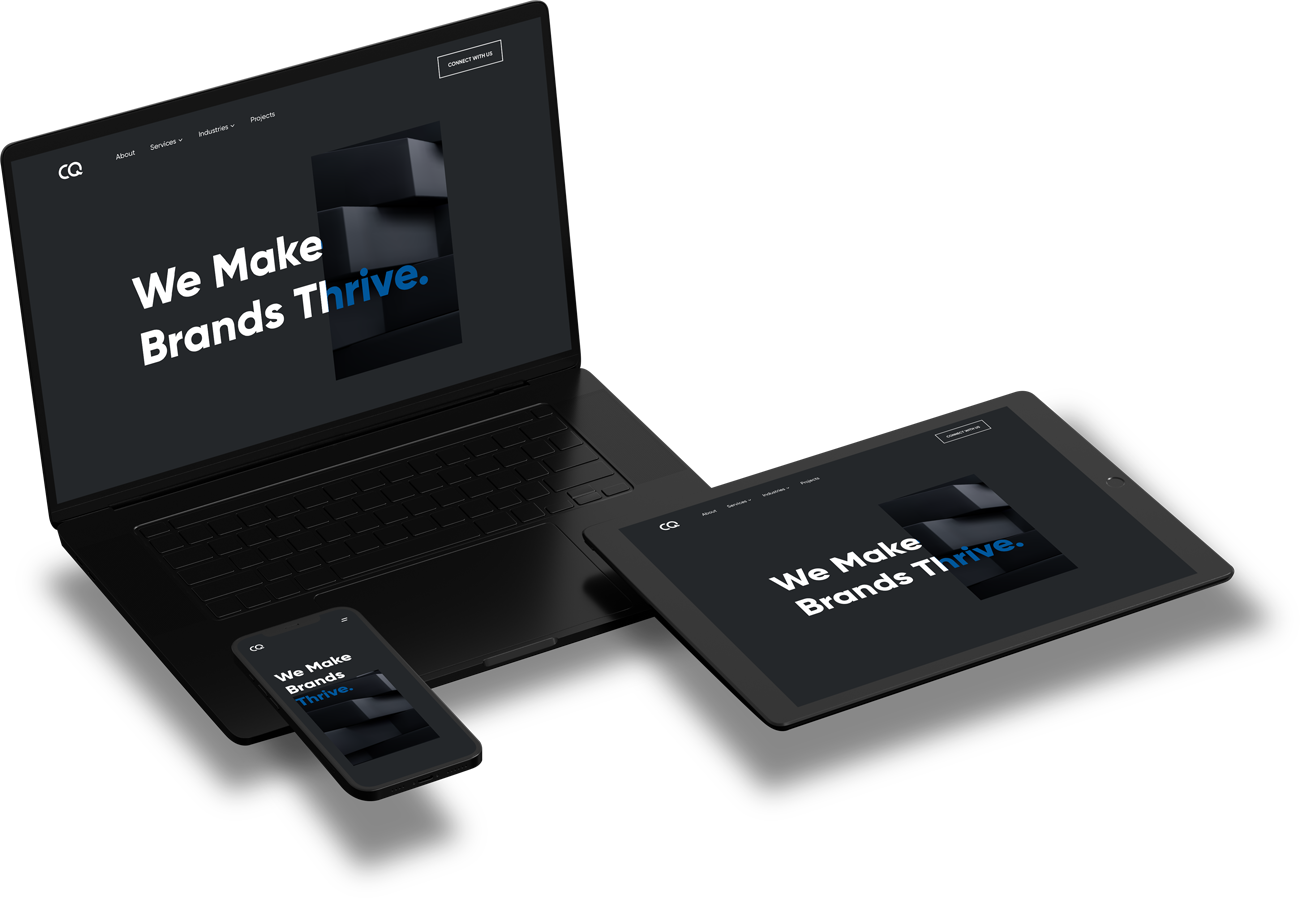 May 2, 2023
May 2, 2023

The world of mobile app development is constantly evolving. As new technologies emerge, being mindful of the latest trends and predictions becomes more and more important. One such field that has seen significant growth in recent years is mobile app prototyping.
Prototyping is a crucial step in the mobile app development process because it enables developers to construct a functional version of the app before it is actually developed.
In this article, we’ll take a look at the future potential for mobile app prototyping and discuss current trends in this intriguing industry.
Mobile app prototyping has become an essential part of the app development process. Due to the constantly rising demand for mobile applications, the competition in the market is intense, and developers are under immense pressure to create innovative and user-friendly applications that can stand out in the crowd. Mobile app prototyping helps developers create a working application model, allowing them to test and refine the design before the final version is released.
With the continuous evolution in mobile app development, several visible emerging trends and technologies look set to redefine the future of mobile app prototyping. Let’s find out what they are.
Let’s define mobile app prototyping before delving into its future. Creating a working model of a mobile app before it is built is known as prototyping. The app’s functionality, user interface, and user experience can all be tested using this approach.
This makes it easier to find any problems or defects with the functioning or design of the app, which can then be fixed before the app’s final version is made available. Obtaining feedback from users and other stakeholders through prototyping can also help enhance the app’s overall user experience.
Creating a successful mobile app prototype requires careful planning and attention to detail. Here are some essential things to keep in mind while creating mobile app prototypes:
Before you begin designing your mobile app prototype, it is essential to identify your target audience. Understanding your users’ needs, preferences, and pain points will help you design an app that meets their specific requirements.
A key component of any mobile app’s success is its user experience(UX). Your app should be easy to use, intuitive, and visually appealing. Consider using design patterns and UI components that are familiar to users to ensure a smooth and enjoyable experience.
Many prototyping tools are available, each with its own strengths and weaknesses. Consider factors like compatibility with your platform, ease of use, and the level of customization the tool offers before selecting the right one for your project.
Prototyping is an iterative process, and testing your prototype with real users and gathering feedback is vital. Before moving on to the development stage, use this feedback to improve your design and make the necessary changes.
While adding all sorts of features and functionality to your app prototype is tempting, it is important to keep it simple. Focus on the core features and functions that are essential to your users and add additional features gradually as the app evolves.
Accessibility is becoming an increasingly important consideration in mobile app prototyping. With the rise of inclusive design and the growing awareness of the needs of users with disabilities, developers must ensure that their apps are accessible to everyone. Mobile app prototyping tools can help developers to create accessible designs by providing features such as color contrast analysis, text-to-speech capabilities, and screen reader compatibility. By considering accessibility in the prototyping stage, developers can ensure that their apps are user-friendly and accessible to everyone.
Considering these few points, you can design mobile app prototypes that can satisfy your users’ expectations and help you stand out from the rest of the crowd. Now, let us look at the current trends and future predictions related to Mobile App Prototyping.
These are some of the current trends in mobile app prototyping-
One trend that we are seeing in mobile app prototyping is the increased use of prototyping tools and software. Now a wide range of tools are available that make it easier for developers to create prototypes. These tools include everything from simple wireframing tools to more complex prototyping software that allows developers to create fully interactive prototypes.
Some popular prototyping tools and software include Sketch, Figma, InVision, and Adobe XD. These tools allow developers to quickly and easily create prototypes that can be tested and refined before the app’s final version is released.
Another trend in mobile app prototyping is the focus on design. As mobile apps become more complex, it is increasingly important to create functional and visually appealing prototypes. This means that designers play a more prominent role in the prototyping process, and there is a greater emphasis on creating prototypes that look and feel like the final product.
Designers are now using prototyping tools to create interactive mockups of their designs. This allows them to test their designs in a more realistic environment and get stakeholders’ feedback before the app’s final version is released. This also helps ensure that the final product is visually appealing and user-friendly.
Mobile app prototyping is also becoming more integrated with development. Developers are using prototypes to test the app’s functionality and identify any bugs or issues before the final version is released. This means that the prototyping process is no longer separate from development but rather an integral part of it.
Developers are now using prototyping tools to create interactive prototypes that can be used to test the app’s functionality. This allows them to identify any issues or bugs in the app’s design or functionality before the final version is released. This also helps ensure that the final product is functional and user-friendly.
Another trend we see in mobile app prototyping is the use of augmented reality (AR) and virtual reality (VR). These technologies allow developers to create immersive experiences that can be tested in a prototyping environment.
AR and VR can create prototypes that simulate real-world environments, allowing developers to test the app’s functionality in a more realistic setting. This helps identify any issues or bugs in the app’s design or functionality before the final version is released.
Cloud-native mobile applications are becoming increasingly popular since they offer more flexibility and scalability. By providing capabilities like cloud integration and scalability testing, mobile app prototyping tools can aid developers in creating cloud-native mobile applications.
By developing these applications, developers can ensure that their apps aren’t only scalable and flexible but also allow for easy updates and changes. This can improve the overall user experience and ensure that the app remains relevant in the long term.
After going through the current trends, let’s look at some of the future predictions for Mobile App Prototyping.
One prediction for the future of mobile app prototyping is the increased use of artificial intelligence (AI) and machine learning (ML). These technologies can create more realistic and interactive prototypes and automate certain parts of the prototyping process.
For example, we can use AI and machine learning to analyze user data and provide insights into how users interact with the app. This can help developers create more user-friendly and intuitive interfaces. AI and ML can also be used to create more realistic simulations of real-world environments, which can be used to test the app’s functionality in a more realistic setting.
Another prediction for the future of mobile app prototyping is the greater emphasis on user feedback. As mobile apps become more complex, getting feedback from users and stakeholders is increasingly important to ensure that the app is user-friendly and meets their needs.
Prototyping tools and software will continue to evolve to make it easier for developers to gather feedback from users and stakeholders. This could include features that allow users to provide feedback directly within the prototype or tools that allow developers to gather feedback through surveys and other forms of user research.
As the threat of cyberattacks and data breaches rises, mobile app prototyping will focus more on security. Developers will need to ensure that their prototypes are secure and compliant with the relevant data privacy regulations.
This could include using encryption and other security measures to protect user data, as well as developing tools and software that make it easier for developers to comply with data privacy regulations.
Finally, mobile app prototyping will become even more integrated with development in the future. As the prototyping process becomes more automated and streamlined, it will become an integral part of the development process.
This could include using tools and software that allow developers to quickly and easily create prototypes that can be tested and refined before the app’s final version is released. It could also include agile development methodologies prioritizing prototyping and user feedback.
Voice-enabled apps are becoming increasingly popular, and it is expected to see even more of them in the future. Mobile app prototyping tools can help developers to create voice-enabled apps by providing features such as natural language processing and speech recognition.
Voice-enabled apps provide a more natural and intuitive user experience, allowing users to interact with the app using their voice. As the technology for voice-enabled apps develops/evolves, we expect to see more advanced, approachable, and user-friendly voice-enabled apps in the future.
The emergence of 5G technology is set to revolutionize the mobile app development landscape. 5G technology offers faster and more reliable internet speeds, allowing for more sophisticated and data-intensive applications.
Mobile app prototyping tools can help developers to create applications that take advantage of the capabilities of 5G technology. This could include features such as real-time streaming, augmented reality, and virtual reality.
Mobile app prototyping is an essential part of the app development process. It allows developers to create working models of their app that can be tested and refined before the final version is released. This helps to ensure that the final product is both functional and user-friendly.
With the mobile app development landscape continuously evolving, we expect to see continued growth and innovation in the field of mobile app prototyping. To sum up, developers can ensure that their prototypes meet the demands and needs of their users and stakeholders by staying current with trends and predictions.
